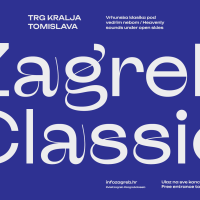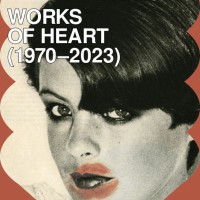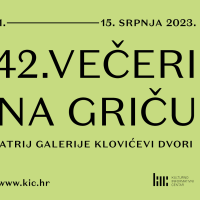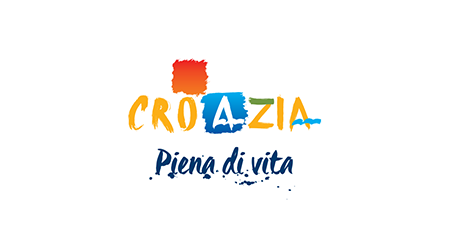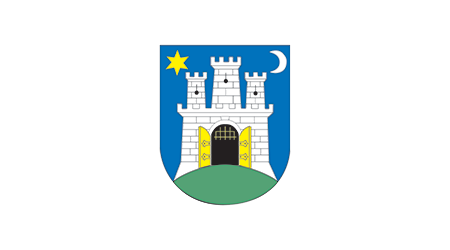Explore the world of kindergartens
If you want to know how children once played and which toys they used in kindergartens, make sure to visit the Croatian School Museum, where an interesting exhibition exploring the world of kindergartens at the turn between the 19th and 20th centuries is taking place until the end of April.
 What did Zagreb’s kindergartens look like almost 150 years ago, and what kind of toys did children play with? You will find the answers to these questions, and many more, if you visit the Croatian School Museum. Until the end of April, it will feature an exhibition titled Zagreb’s Kindergartens in the Second Half of the 19th and the Early 20th Century, which will reveal the rich history of kindergartens in Zagreb.
What did Zagreb’s kindergartens look like almost 150 years ago, and what kind of toys did children play with? You will find the answers to these questions, and many more, if you visit the Croatian School Museum. Until the end of April, it will feature an exhibition titled Zagreb’s Kindergartens in the Second Half of the 19th and the Early 20th Century, which will reveal the rich history of kindergartens in Zagreb.
The story of Zagreb’s kindergartens began back in 1869, when the first private kindergarten for children between the ages of three and seven was opened on old Bregovita Street, which is modern-day Tomićeva Street. The kindergarten was founded by Antonija Cvijić Lukšić, whose initiative led to the opening of Zagreb’s first kindergarten only several years after the first one was opened in Vienna. Although the first city kindergarten was opened thirteen years later, their rapid development marked the turn of the century. Standing witness to this are the numerous items on display from the collection of the Croatian School Museum.
Visitors of the exhibition will have the opportunity to find out just how modern the onetime kindergartens were. They all relied on the approach of German pedagogue and kindergarten pioneer Friedrich Fröbel, who believed that playing was very important for the mental and physical development of children. He also developed educational toys, including various puzzles with cubes, plates and sticks... Nowadays, some of these are considered quite unsafe for children because of their tiny components, such as small stones and seeds which a child could easily swallow. Also, they are very demanding as pieces constructed at that time by youngsters would be considered inappropriate for their age by today’s standards. Among the most valuable items of this exhibition are those that the Royal Government gave to the museum after their return from the 1900 World Expo in Paris. Some were donated by the kindergartens of the time, and now constitute the core part of the museum’s holdings, much like the children’s works from the kindergarten on Ilica which had been donated for the Paris Expo.
The highlight of this exhibition is the fact that the visitors will have the opportunity to put together toys that children once played with, thereby becoming even more familiar with the magical world of toys.
Published: 02.03.2015
 Hrvatski
Hrvatski English
English Deutsch
Deutsch Spanish
Spanish French
French Italian
Italian Russian
Russian Korean
Korean Japanese
Japanese Chinese
Chinese What did Zagreb’s kindergartens look like almost 150 years ago, and what kind of toys did children play with? You will find the answers to these questions, and many more, if you visit the Croatian School Museum. Until the end of April, it will feature an exhibition titled Zagreb’s Kindergartens in the Second Half of the 19th and the Early 20th Century, which will reveal the rich history of kindergartens in Zagreb.
What did Zagreb’s kindergartens look like almost 150 years ago, and what kind of toys did children play with? You will find the answers to these questions, and many more, if you visit the Croatian School Museum. Until the end of April, it will feature an exhibition titled Zagreb’s Kindergartens in the Second Half of the 19th and the Early 20th Century, which will reveal the rich history of kindergartens in Zagreb.